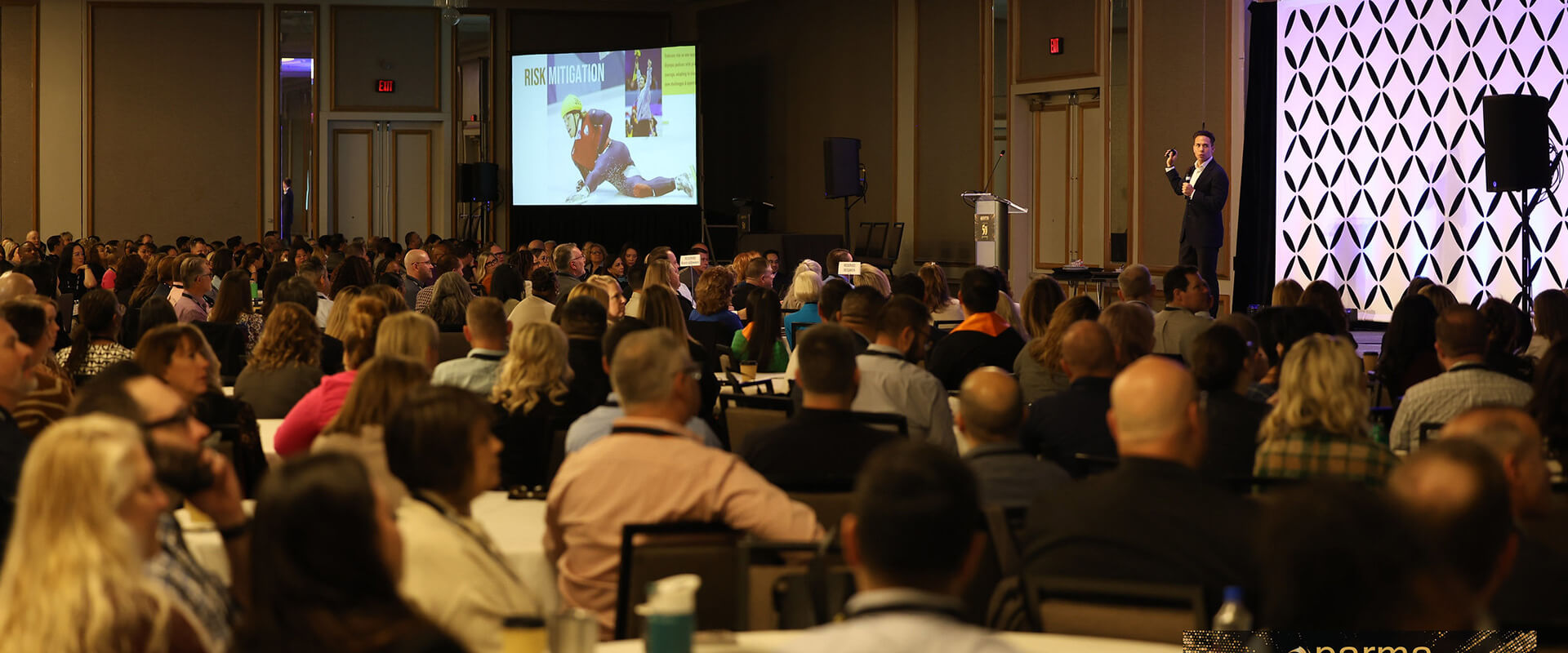In California in 1862, the area between Sacramento and San Francisco became, in effect, an inland sea of about 300 miles long by 30 miles wide after 40 to 45 straight days of rain.
That area is now home to millions of people and the state Capitol. What would happen if that type of rain event occurred in the near future, and what’s the likelihood? The answer to the first question is, there would be complete devastation. In looking for an answer to the second question scientists invoke a phenomenon they’re calling “precipitation whiplash.”
This refers to the rapid transitions between precipitation extremes and the opposite — so a heavy season of rain followed immediately by drought or vice versa. This, scientists say in a study published in the scientific journal, Nature Climate Change, is what California can expect in its future because of the warming climate.
It means that severe rain or drought will be concentrated in more narrow intervals of time than they have been traditionally. It means, possibly, more extreme flooding events and more drought.










